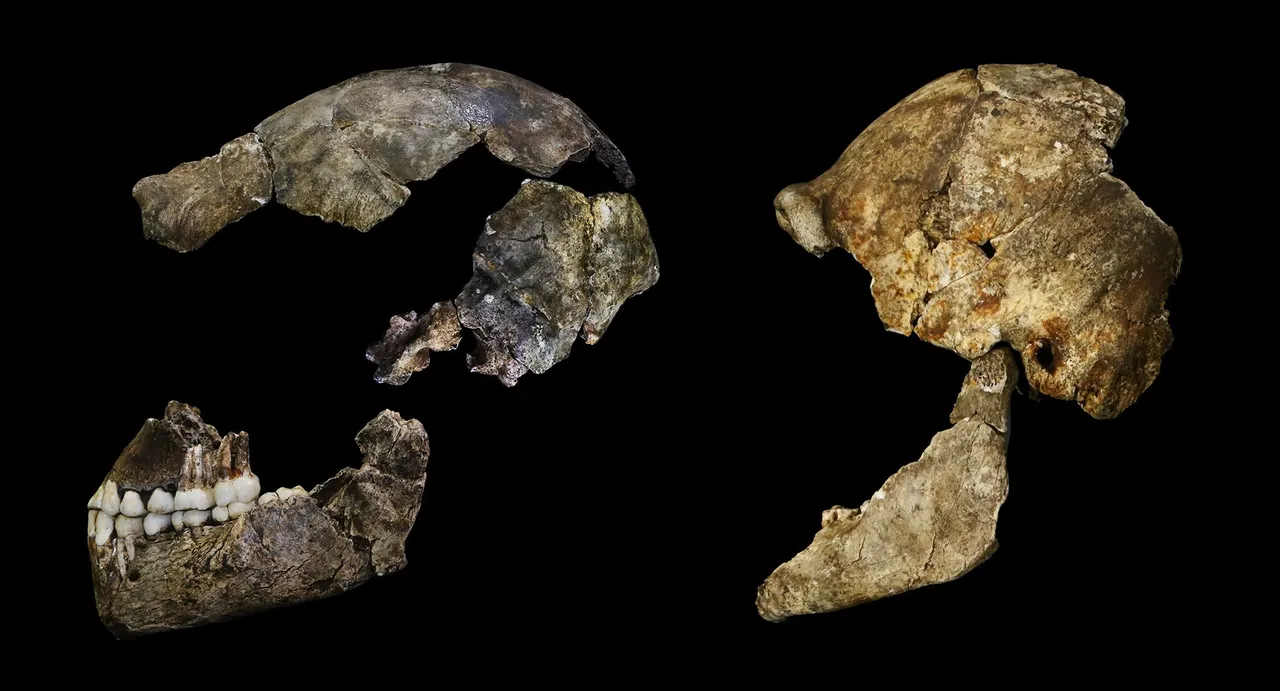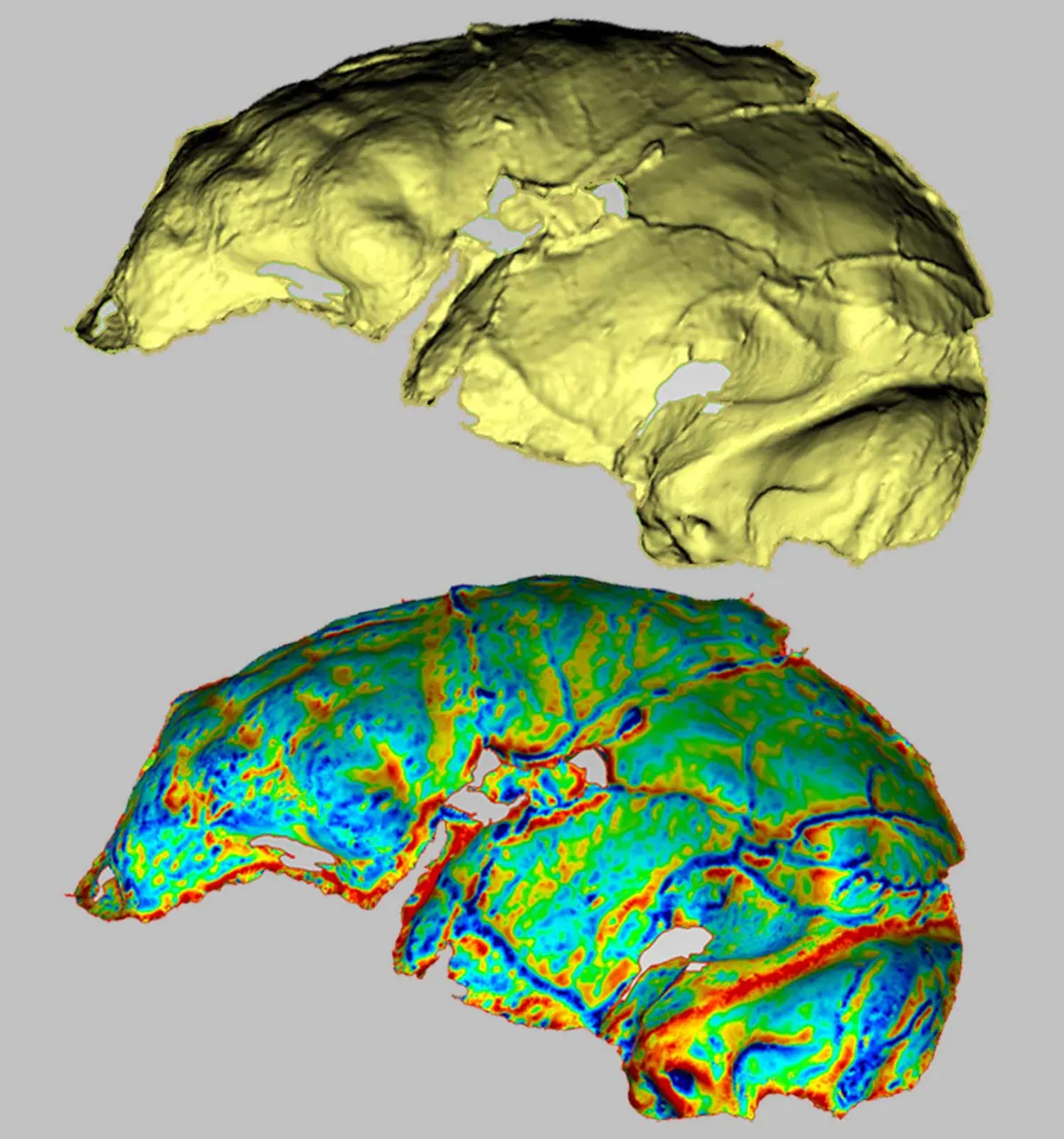Early thoughts on human evolution supposed that the big brain came first and then the rest of our humanness followed.
This is why the British scientific establishment was so easily hoodwinked by the Piltdown man forgeries and why Leakey was so keen for nutcracker man not to be classified as a small brained Australopithecene. He simply did not want to accept that all the stone tools found at the same level as the skull could have been made by something that was not as close to being considered human or in the human direct line.
Most recently we now have another small brained disturber of the peace.
Homo Naledi...
This species is at least classed as homo and considered very close to humans in the evolutionary tree but it has a rather small brain, about the size of an orange or about one third the size of a modern homo sapiens. Dating of some of the bones puts this species as still surviving down to the time that early sapiens were emerging and they may have shared the word stage together.

Homo Naledi made a stir at the time of unveiling due to the fact that there seems to be evidence of very human like behavior in secreting away their dead, since the bone material was recovered from a location and in a way that is most easily explained by it being a place where dead bodies wore purposely deposited.
Homo Naledi has quickly become one of the species that we now have a very significant and substantial amount of fossil material. It is only eclipsed by modern humans and neanderthals.
From a number of specimens it has been able to develop brain endocasts from the inside of the skull. These are showing that despite the small size of the brain it is markedly human like

The team found that naledi’s frontal lobe was similar to humans, but differed to the great apes. Other hominins in our family line share features of this frontal lobe.
What this brain allowed naledi to do, believe the researchers, is make sophisticated stone tools and have complicated social structures. But the researchers won’t go so far as to say whether this brain allowed for language.
“It’s too soon to speculate about language or communication in Homo naledi,” explained another co-author Shawn Hurst. “But today human language relies upon this brain region.”
Pics and quote from where you can read more found at:
https://www.dailymaverick.co.za/article/2018-05-15-a-small-brained-relative-is-about-to-shake-up-our-family-tree/?utm_source=homepagify#.Wwble0iFPIX
So now we have a small brain that was not only capable of making tools but matches the structures needed for language.
So much for those who sat in armchairs and quietly and conveniently mapped out evolution's path as a simplistic progressive straight line following a logically deducible and assumed course.